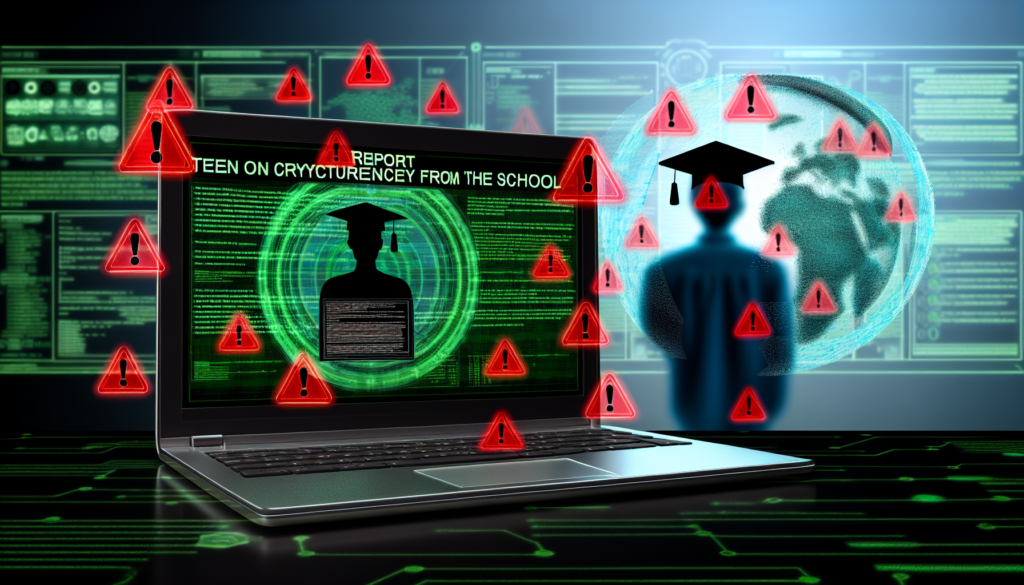Threat Overview
The year 2024 witnessed a significant surge in malware campaigns targeting macOS users, especially within enterprise environments. Published by SentinelOne, the threat report titled “2024 macOS Malware Review” underscored the growing sophistication and prevalence of these threats.
Threats Identified
Several malicious software families were identified in the report, including:
* Amos Atomic infostealers
* Backdoor Activator
* LightSpy
* BeaverTail
* ToDoSwift
* Hidden Risk
* HZ RAT
* CloudChat Infostealer
* NotLockBit ransomware
* CloudFake
* RustyAttr
These threats employed tactics such as credential theft, data exfiltration, and remote access capabilities, posing significant risks to enterprises’ security.
Tactics, Techniques, and Procedures (TTPs)
The report highlights the following TTPs:
* Disguising malware as legitimate business apps (infostealers)
* Employing modular designs for sophisticated backdoors
* APT-like activities targeting enterprise environments
Recommendations
Considering these threats and TTPs, here are some recommendations to enhance cybersecurity:
1. Implement robust endpoint detection and response capabilities: Given the cross-platform development trend and increased focus on macOS targets, ensure your security solutions can effectively detect and respond to malware on all platforms.
2. Monitor for suspicious activities: Keep an eye out for unusual behaviors that could indicate infostealer or backdoor activity.
3. Regularly update software packages: Staying current with updates helps mitigate the risk of exploitation through zero-day vulnerabilities.
4. Educate users on spotting phishing attempts: Since disguise is a common tactic, educating users on how to identify phishing attempts can help prevent initial access.
Full Report and Resources\n\nFor further details and insights, you may find the following references helpful:
* https://www.sentinelone.com/blog/2024-macos-malware-review-infostealers-backdoors-and-apt-campaigns-targeting-the-enterprise/


